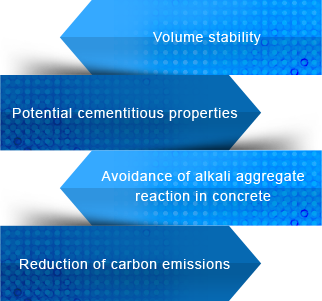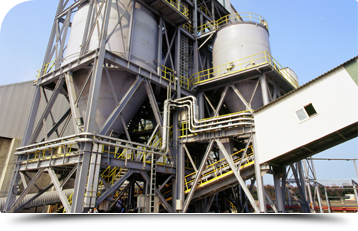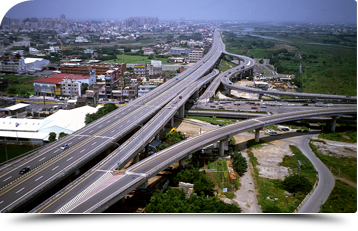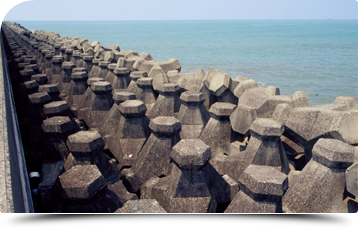Blast furnace slag aggregates, which are grayish black in appearance, are similar to natural igneous rocks. Their size can be up to several meters big. They must be crushed and screened to become engineering materials. Because air is partially captured in the flowing and cooling processes in high temperature, their surface can be porous and uneven after they are cooled. They do not contain hazardous materials, such as heavy metals, dioxin, etc., owing to the smelting process in high temperature. The toxicity dissolution test results show the detected values are in full compliance with EPA’s regulatory requirements; in addition, the detected values of chromium, barium, and hexavalent chromium are lower than those of Type I Portland cement in the market.
The features of the engineering applications of blast furnace slag aggregates include good volume stability, potential cementitious properties, promotion of late strength or load-bearing capacity, shear strength and the angle of repose, and avoidance of alkali aggregate reaction in concrete. They are environmentally friendly materials which reduce the emissions of CO2 and can be utilized to make structural concrete with ordinary strength, non-structural concrete (applied in manufacturing drain covers, tetrapods, curbs, high-pressure bricks, and permeable brick pavers), CLSM, etc.
 Products and Services > Air-cooled Blast Furnace Slag (BFS) Aggregates
Products and Services > Air-cooled Blast Furnace Slag (BFS) Aggregates


